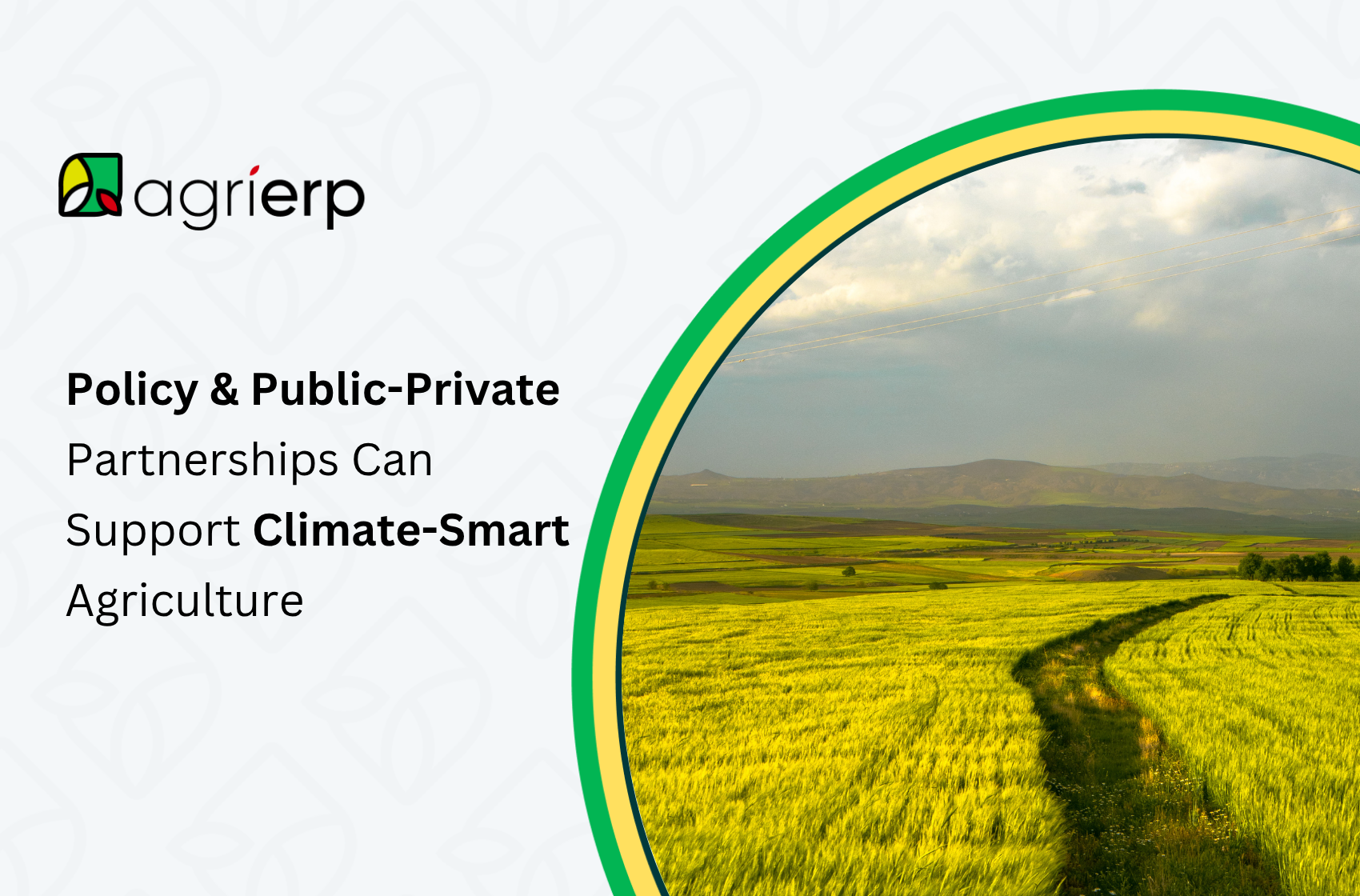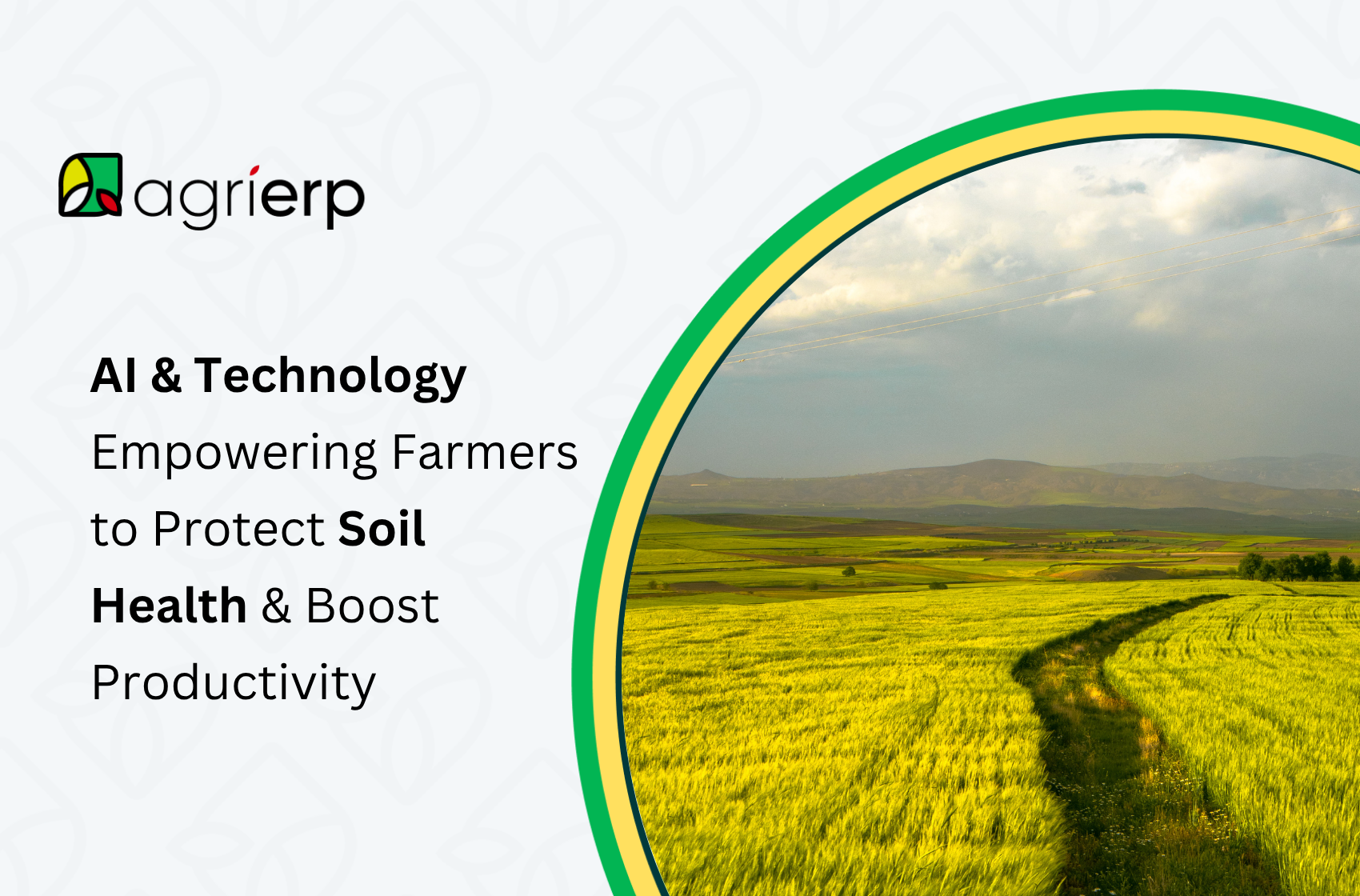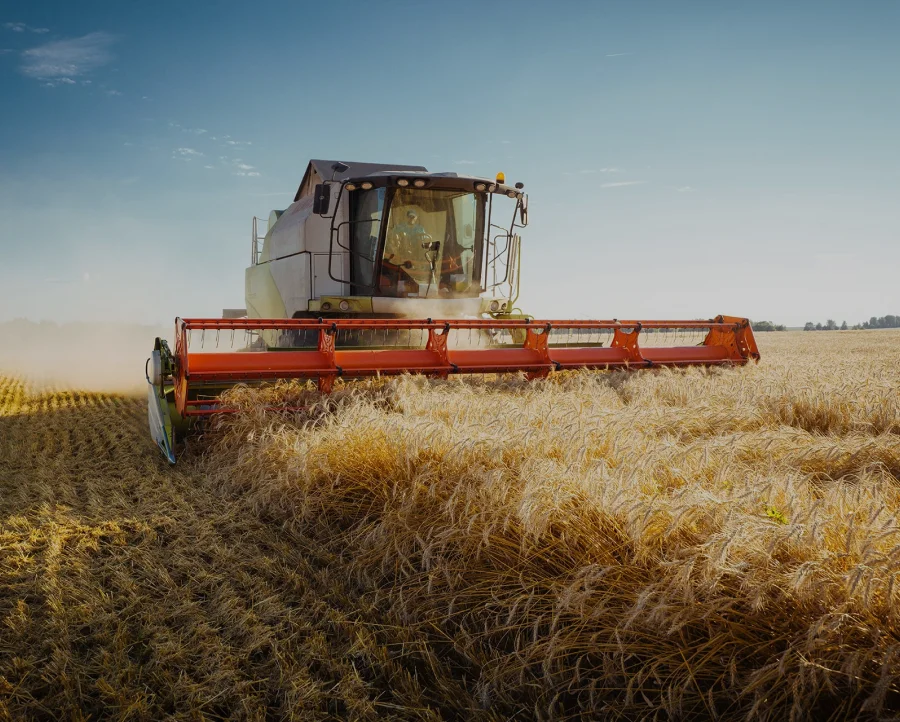In recent years, the farming industry has undergone a significant transformation with the advent of digital agriculture. Gone are the days when farmers had to rely solely on conventional methods of farming that were time-consuming and often resulted in low yields. Thanks to digital agriculture companies, farmers can now embrace technology-driven solutions that make their work easier, more efficient, and more profitable than ever before. In this blog post, we’ll explore how these companies are revolutionizing the way we farm and what benefits they offer both farmers and consumers alike. So grab a cup of coffee, settle in, and let’s dive into the world of digital agriculture!
Conventional Farming vs. Digital Agriculture
Conventional farming has been the mainstay of agriculture for centuries. It involves farmers using traditional methods such as ploughing, planting seeds, and manually harvesting crops. While this method has its benefits, it can be time-consuming and labor-intensive.
Digital agriculture companies are changing this age-old practice by introducing technology-driven solutions that make farming more efficient and profitable. For instance, smart sensors can now be installed to monitor soil moisture levels and nutrient content in real-time. This information helps farmers make informed decisions on when to water or fertilize their crops.
In addition, drones equipped with advanced imaging technology are used to survey large farms quickly. This innovative approach saves time while also providing a comprehensive view of the entire farm’s condition.
Moreover, digital agriculture also focuses on precision farming techniques that enable farmers to use resources efficiently while reducing waste. By employing data analytics tools like machine learning algorithms and artificial intelligence (AI), farmers can optimize crop yields based on climate changes over seasons.
Digital agriculture is revolutionizing the way we farm today by leveraging cutting-edge technologies that streamline processes for maximum efficiency without sacrificing sustainability practices or profitability!
How Digital Agriculture Companies Work
Digital agriculture companies work by leveraging advanced technologies and data analytics to improve farming practices. They use a combination of hardware, software, and sensors to collect data from farms and provide insights for farmers to make informed decisions.
Through satellite imagery, drones, GPS tracking systems, machine learning algorithms, and other tools, digital agriculture companies can monitor crop health in real-time. They analyze the collected data to identify patterns that indicate potential problems with crops or soil quality.
Farmers can then access this information through user-friendly dashboards on their computers or mobile devices. These platforms allow them to understand critical aspects such as weather forecasts, nutrient levels in the soil, and pest infestations at any given time.
Another way digital agriculture companies work is by providing precision planting techniques to farmers. This allows for more efficient use of resources like water and fertilizer resulting in higher yields while reducing waste.
Digital agriculture solutions are transforming traditional farming methods into more effective high-tech operations that increase profitability for farmers while promoting sustainable agricultural practices.
The Benefits of Digital Agriculture
Digital agriculture is revolutionizing the farming industry, providing farmers with a range of benefits that were previously unavailable. One of the most significant advantages of digital agriculture is its ability to improve crop yields and quality through precise management practices. By monitoring soil moisture levels, nutrient content, and other environmental factors in real-time, farmers can optimize their irrigation and fertilization practices to ensure that crops receive exactly what they need at precisely the right time.
Moreover, digital agriculture also enables farmers to minimize waste by reducing overuse or underuse of inputs such as water and fertilizer. This not only has economic benefits but also helps protect the environment from pollution caused by excess nutrients leaching into groundwater sources.
Another key benefit of digital agriculture is its capacity to enhance farm efficiency by automating many routine tasks such as planting, watering and harvesting crops. With advanced sensors and machine learning technology now available on farms today, farmers no longer have to rely solely on manual labor which means reduced expenses for them.
One major advantage for farmers who adopt digital agriculture technologies is improved profitability through increased productivity per acre. Digital tools like precision mapping allow them to analyze yield data more effectively so they can make better decisions about crop selection while keeping costs low.
All these benefits show how much potential lies within this revolutionary innovation called “digital agriculture”.
The Future of Digital Agriculture
The future of digital agriculture looks promising. With advancements in technology, we can expect to see more efficient and sustainable farming practices. Digital agriculture companies are constantly developing new tools and technologies that will improve crop yields while minimizing environmental impact.
One area where digital agriculture is making significant progress is in precision farming. This involves using sensors, drones, and other technologies to monitor soil conditions, moisture levels, and plant health. By gathering data on these factors, farmers can make informed decisions about how much water or fertilizer a particular crop needs.
Another exciting development in the field of digital agriculture is the use of artificial intelligence (AI). AI algorithms can analyze large amounts of data from multiple sources to identify patterns and trends that might not be immediately apparent to humans. This could help farmers optimize their planting schedules based on weather forecasts or predict disease outbreaks before they occur.
As more consumers demand sustainably grown food products, we may see an increased focus on regenerative agriculture techniques that prioritize soil health and biodiversity. Digital agriculture companies are already working on ways to integrate these practices into their tools and technologies.
The future of digital agriculture looks bright as farmers embrace new technologies that help them operate more efficiently while preserving natural resources for future generations.
Conclusion
Digital agriculture companies are revolutionizing the farming industry by providing innovative solutions for farmers. These companies offer farmers a wide range of benefits, including increased efficiency, reduced costs, and improved yields. By leveraging technology such as IoT devices, machine learning algorithms, and big data analytics these companies are able to provide insights that can help farmers make better decisions about their crops.
The future is bright for digital agriculture. With advancements in technology continuing at an unprecedented pace there is no telling what new innovations will come next. As the world’s population continues to grow and climate change threatens food security it has become more important than ever before to find sustainable ways of producing food. Digital agriculture provides a path forward toward achieving this goal.
As consumers become increasingly aware of where their food comes from and how it was produced we can expect demand for sustainably farmed produce to rise even further. In response to this trend, we can also expect more traditional farms to adopt digital technologies in order to remain competitive.
The impact of digital agriculture on the farming industry cannot be overstated. It represents a significant shift away from conventional methods towards a more efficient and sustainable approach that promises benefits for both farmers and consumers alike.









